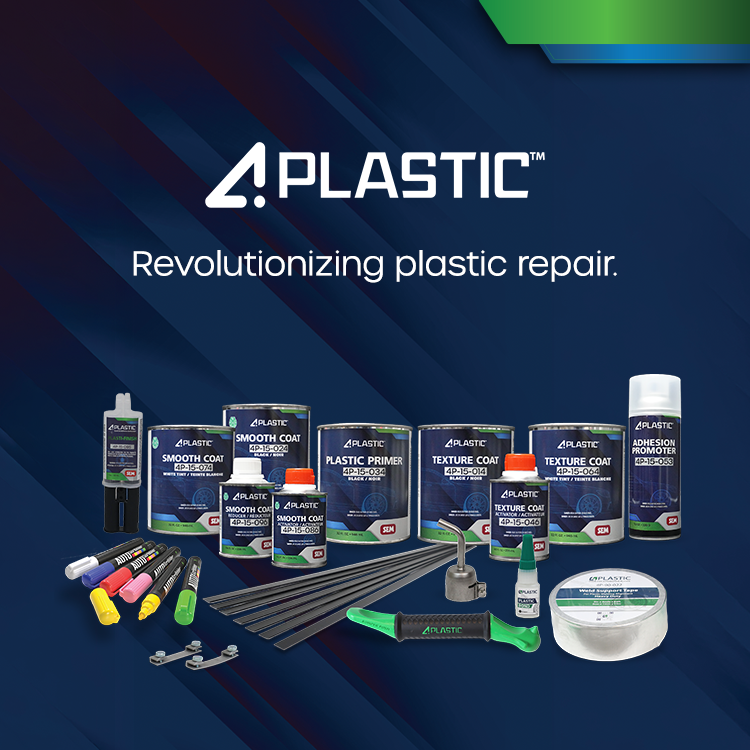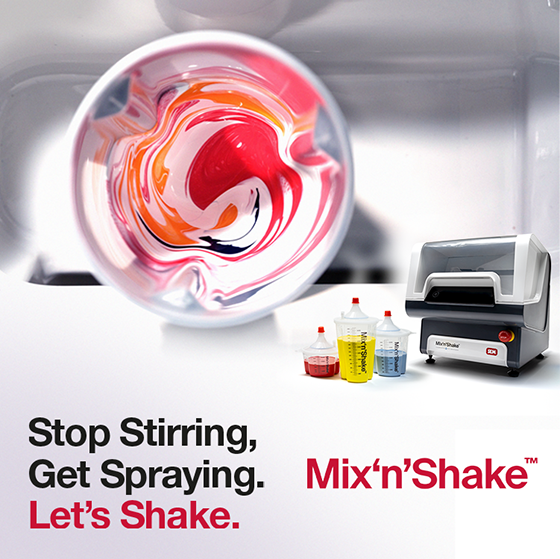How To Select the Best Primer for Plastic
When it comes to selecting the best primer for your automotive plastic, the choices can be overwhelming.
Start by answering this question: Am I repairing or refinishing?
Scenario #1: Plastic Repair
If you’re repairing plastic, you’ll need a primer that removes any minor sand scratches and conceals any body work (i.e. halos, bulls-eyes, and ring-outs). To accomplish that, look for a primer that’s high-filling and sandable.
Next, determine the size of the repair:
For a small/quarter size spot job, do yourself a favor and use an aerosol. Aerosol primers are single-component/acrylic based, which makes them cost effective and fast for spot repairs.
SEM Solution: High Build Primer Surfacer
For larger repairs, you’ll need a primer that’s catalyzed. These are higher quality than aerosols and are built for longevity, better gloss, and stronger color holdout.
SEM Solution: World Class™ HS Urethane Primer
Scenario #2: Plastic Refinish
If you’re refinishing plastic, look for a primer that seals. A sealer locks-down the existing paint finish and neutralizes the color, without needing to sand before applying the new finish.
Next, look for a primer that lays down as a thin, smooth coat. This allows paint to be applied on top of the sealer in a relatively short time, with no sanding in between.
Dive Deeper
We’ve called out the most general applications of plastic repair and refinishing. Look closely at each primer’s TDS to discover their dry time, flexibility, film build, and whether it requires an adhesion promoter for specific applications.
Not sure if your plastic requires an adhesion promoter? Read our related article: “Automotive Plastic ID Guide” to find out.
SEM Plastic Primers
- High Build Primer Surfacer
- Flexible Primer Surfacer
- World Class™ Waterborne Flexible Primer
- World Class™ HS Urethane Primer
Subscribe to our blog under “Get Notified” to receive new articles straight to your inbox.
Recent Posts




